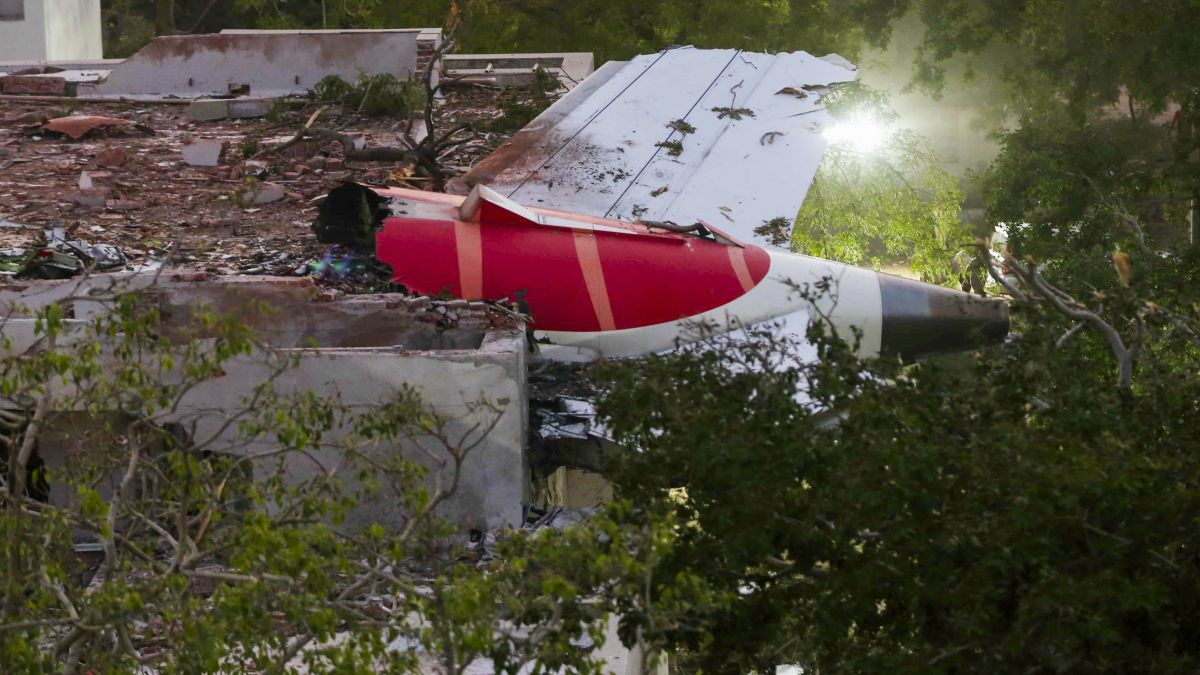As the investigation into the Air India 171 plane crash continues, the new head of the US Federal Aviation Administration (FAA) ruled out mechanical issues as the cause behind the crash in Ahmedabad. The new FAA boss went on to suggest that the fuel control switches on the doomed AI 171 were manually moved, hinting at a pilot error.
In a statement on the matter, FAA Administrator Bryan Bedford dismissed the possibility of an inadvertent movement of the aircraft’s fuel control switch.
“We can say with a high level of confidence it doesn’t appear to be a mechanical issue with the Boeing fuel control unit. We feel very comfortable that this isn’t an issue with inadvertent manipulation of fuel control,” Reuters quoted FAA administrator Bryan Bedford as saying.
Meanwhile, Indian authorities, who are currently investigating the matter, requested patience for the final report. They urged both the public and experts to refrain from drawing conclusions and did not comment on Bedford’s recent remarks.
The matter is still under investigation
As per the preliminary report released by India’s Aircraft Accident Investigation Bureau (AAIB), the Boeing 787-8 Dreamliner’s fuel supply to engines had been cut off, causing it to crash. While it is not concluded what caused the fuel switches’ position to change, soon after the report was released, Western media started alluding to a pilot error.
In the report, it was also mentioned that the cockpit voice recording revealed that one pilot asked the other why he had moved the switches, to which the latter replied he hadn’t. In light of this, several Western news outlets started speculating about the mental health of the pilots and started to report more about their personal lives.
Amid the chaos, Boeing is maintaining a cautious stance on the matter. Reacting to Bedford’s statement, Boeing said: “We’ll defer to the FAA for any comments on this.”
Impact Shorts
More ShortsAccording to Reuters, the FAA chief made the remarks while he was speaking to reporters on the sidelines of an air show in Wisconsin. In support of this assertion, Bedford cited an evaluation conducted by FAA employees who had “taken the units out, tested them and had inspectors get on aircraft and review them”.


)

)
)
)
)
)
)
)
)



